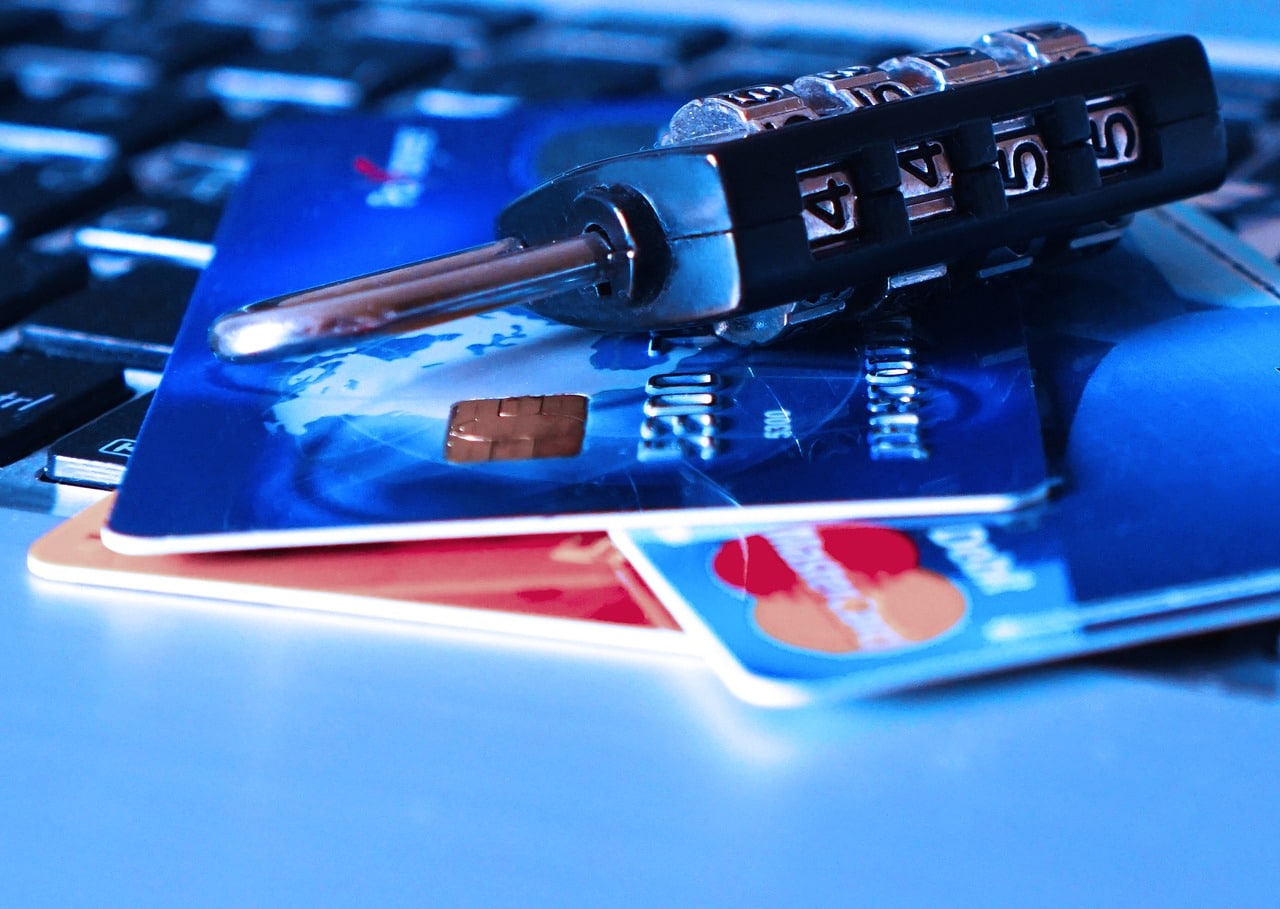
2018-7-26 00:39 |
In this article, we’ll look at why cryptocurrency is the future of electronic cash systems. Why it should become the most widely-used type of payment–and how this could impact the future of the global economy. We’ll also discuss why the Bitcoin dip and other market factors present both challenges and opportunities.
Consumer Benefits of CryptocurrencySince the beginning of the 21st century, commerce has become increasingly digital. This has given new opportunities for consumers and businesses around the world to become more connected.
A lot has changed since Satoshi Nakamoto’s original white paper in November 2008. We’ve seen major advancements in the capabilities of blockchain technology to empower a better future of P2P payments via cryptocurrencies (despite the Bitcoin dip).
When considering the current landscape of digital cash systems, consumers have quite a few concerns with using fiat payment processing companies. And here are some improvements that cryptocurrencies–as the future of electronic cash–can provide.
Improving Consumer PrivacyFirst, fiat payment processing companies of today utilize centralized databases to store information related to debit and credit card purchases. No matter whether a user is purchasing online or in-person, these systems have become the preferred payment method over cash. However, a number of large-scale hacks of centralized databases put consumer privacy at great risk.
Blockchain has the ability to solve this issue by creating greater data security, making cryptocurrency payments safer for users. There’s already a number of large blockchain projects working toward solving major security-related problems. The main ones that consumers currently face include the selling of personal data or identity theft. If cryptocurrency is to be the future of electronic cash, clearly it must be secure.
More Capital Flow/Truly Borderless CommerceOne of the biggest issues that consumers face is that, although online commerce creates possibilities for transactions across borders, there are usually high fees for money conversions.
In the fiat world, currencies are mostly limited to single nations or economic regions. For some consumers who have a large enough domestic market to choose from, this might not be an issue. However, for those that must shop across borders, having to exchange various national currencies leads to higher fees on payment processing.
In contrast, cryptocurrencies can be used globally by online retailers without having to pay fees on sending/receiving funds simply because the other person lives in another country. The future of electronic cash will almost certainly be borderless.
Fewer Pending TransactionsAnother major issue that consumers face with fiat payments of today is the uncertainty of when a merchant will process a payment. For some, it might take place on the same day or the next day. For others, it might take weeks. Oftentimes, consumers have to see “pending” for long periods of time. This is far from helpful for anyone who is trying to balance a budget.
Cryptocurrencies as the future of electronic cash can solve this by making transaction completion times instantaneous in most cases. By getting rid of the “pending” problem, senders and receivers will be able to make financial transactions, and commerce in general, much more efficient. Most importantly, if a cryptocurrency payment isn’t instantaneous, it’s quite simple to cancel an unconfirmed crypto transaction without fear of losing funds.
Security issues are a concern
How Cryptocurrency Empowers Existing Merchants and New Businesses Cutting High Transaction FeesFor businesses, accepting fiat currencies paid via third-party debit/credit card processing companies is a matter of offering convenience for consumers. While brick-and-mortar stores can accept cash, online retailers heavily rely upon third parties, which charge high fees.
Cryptocurrencies offer the ability to process payments with far lower fees. This means that merchants don’t have to worry about raising prices on products just to offset payment processing costs.
Merchants can use crypto payments to keep more profits and eliminate the middlemen. This is something that had previously been difficult to achieve in the era of digital payments.
More Market AlternativesAnother reason cryptocurrency is needed by merchants is that it offers new competition. Most traditional payment processing companies haven’t had to reduce fees because there aren’t a lot of choices for merchants. Instead of only having a handful of viable options, there are thousands of possible new cryptocurrency alternatives.
This means that merchants can begin to adopt cryptocurrencies and reduce the monopoly of fiat payment processors. This will make cryptocurrencies the future of electronic cash systems.
We have already seen a number of businesses begin to accept Bitcoin as well as other cryptocurrencies alongside traditional debit/credit card payments. By doing this, merchants have the ability to determine which option works best for themselves and their customers.
We accept Bitcoin here
Improvements Needed, Challenge AcceptedCan cryptocurrency be considered the go-to electronic cash system of 2018? By looking at user adoption, the answer is no. There is a number of improvements that are needed before user adoption becomes feasible at scale. Thankfully, blockchain projects from around the world have taken on the challenge and are working to build better solutions for cryptocurrency payments.
Handling DemandBlockchains will need to handle more transactions per second. Even the most popular cryptocurrencies are limited in what can be done on-chain. At peak usage times, fees can also increase significantly due to blockchain congestion. With advances in scalability, blockchains could handle millions or even an infinite amount of transactions per second without any increase in fees.
Price VolatilityDepending on your perspective, price volatility seen during the Bitcoin dip can be considered good or bad. For example, a merchant could accept a cryptocurrency one day and the price could increase by 10 percent the next day.
However, the reverse situation could and does happen often, leading to net losses. Merchants and consumers alike might continue to use fiat for payments in the future simply due to consistent short-term price stability of major national currencies.
An equilibrium price for cryptocurrencies could advance user adoption. Stablecoins could also accomplish price stability, enabling the future of electronic cash systems to be crypto. There’s also the possibility that all cryptocurrency prices will become stable over time as the market continues to mature.
SecurityWhile fiat payment processors and businesses often have security flaws that lead to the loss of user funds and other issues, these incidents aren’t highlighted as much as large-scale cryptocurrency hacks.
As we have seen, even the most secure cryptocurrency wallets can be hacked. With increased security designs in blockchain and education campaigns on how users can keep funds safe, more people will become confident in using crypto for P2P payments.
Cryptocurrency could be the future of electronic cash
Conclusion–Will Cryptocurrency Be the Future of Electronic Cash?While blockchain technology still needs a lot of improvement beyond what is possible in 2018, it’s easy to see that it has the potential to elevate cryptocurrency to the level needed to become the future of electronic cash systems. In turn, both businesses and consumers will be able to realize many of the benefits that cryptocurrency can offer over fiat options.
The post Why Cryptocurrency Is the Future of Electronic Cash Systems appeared first on CoinCentral.
origin »Cashcoin (CASH) íà Currencies.ru
|
|






